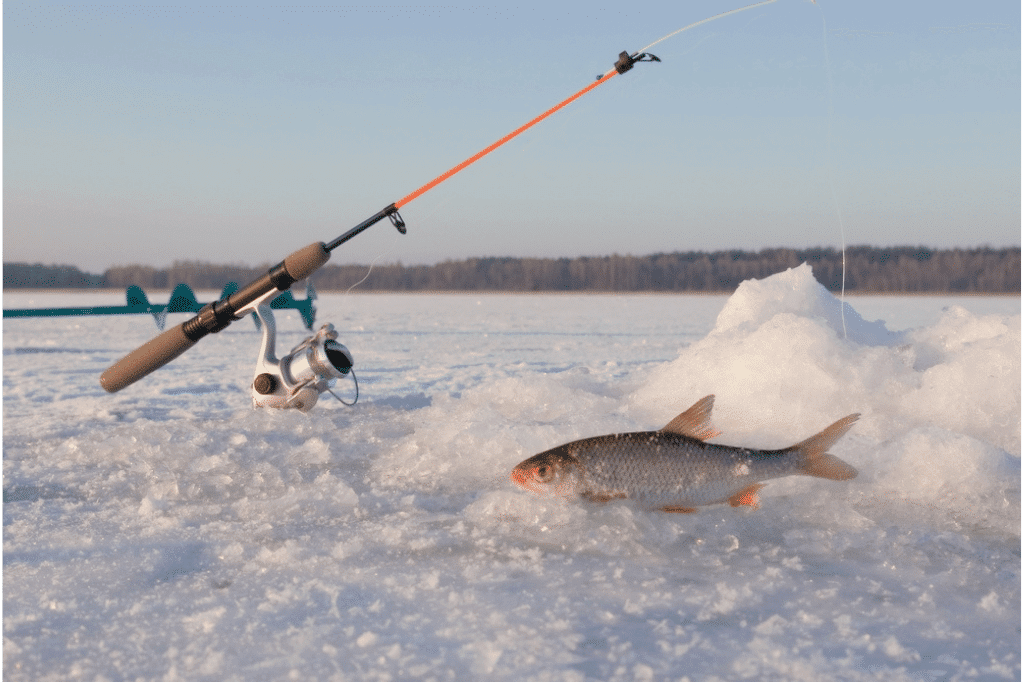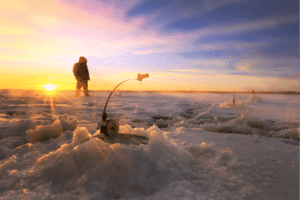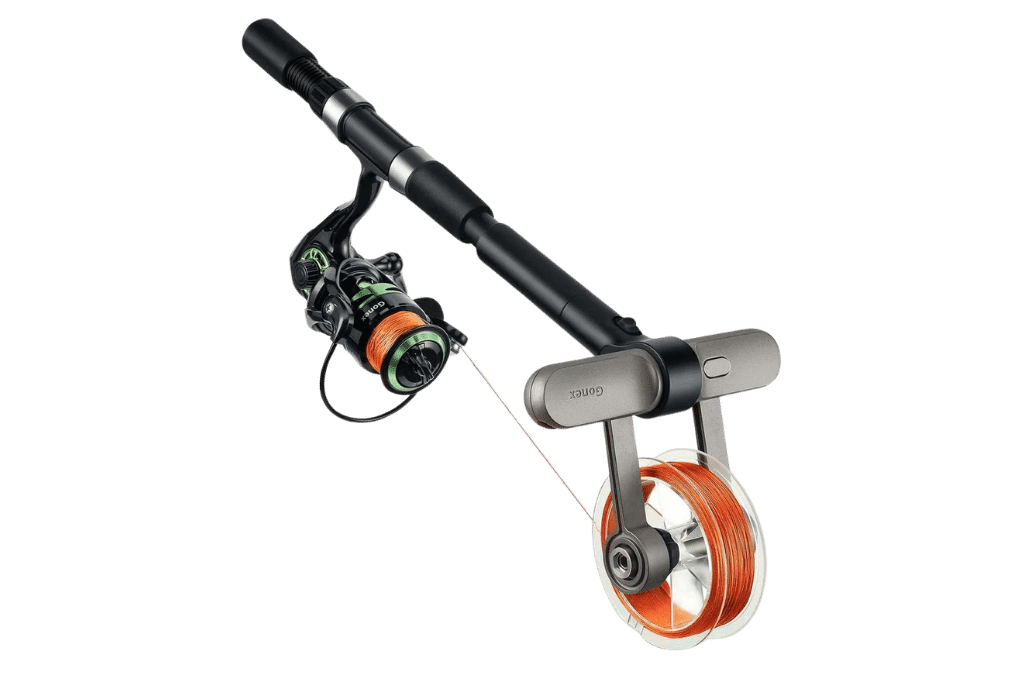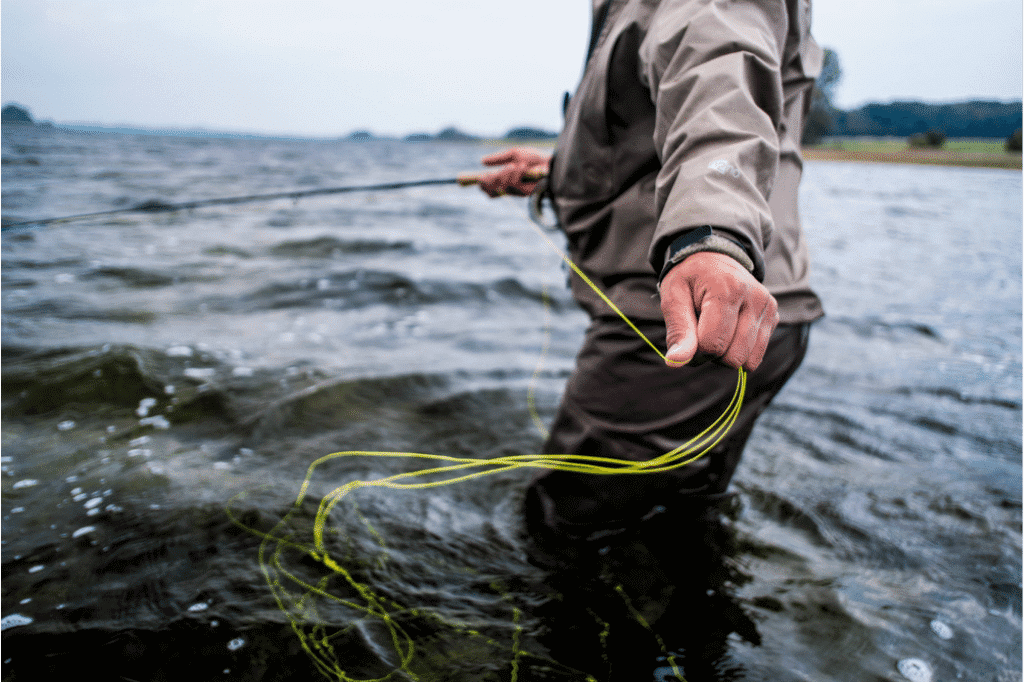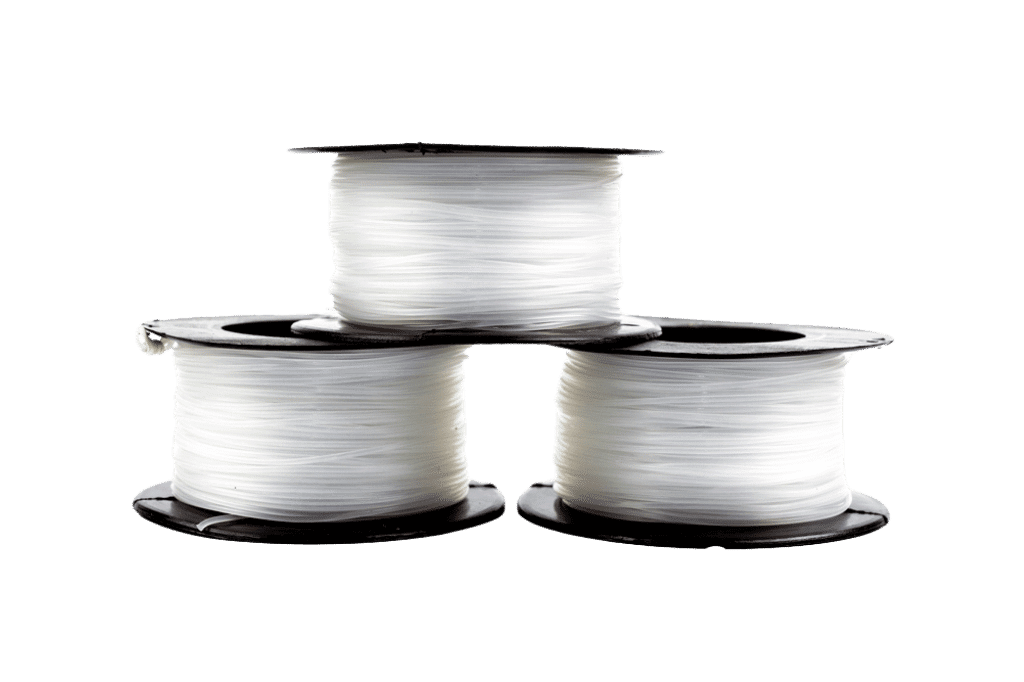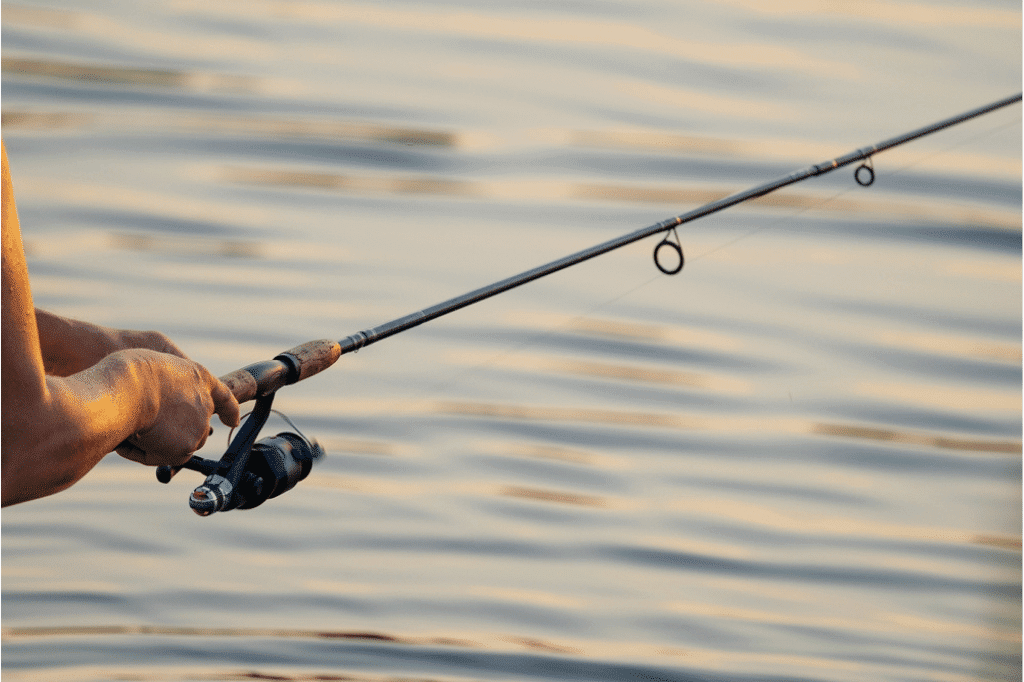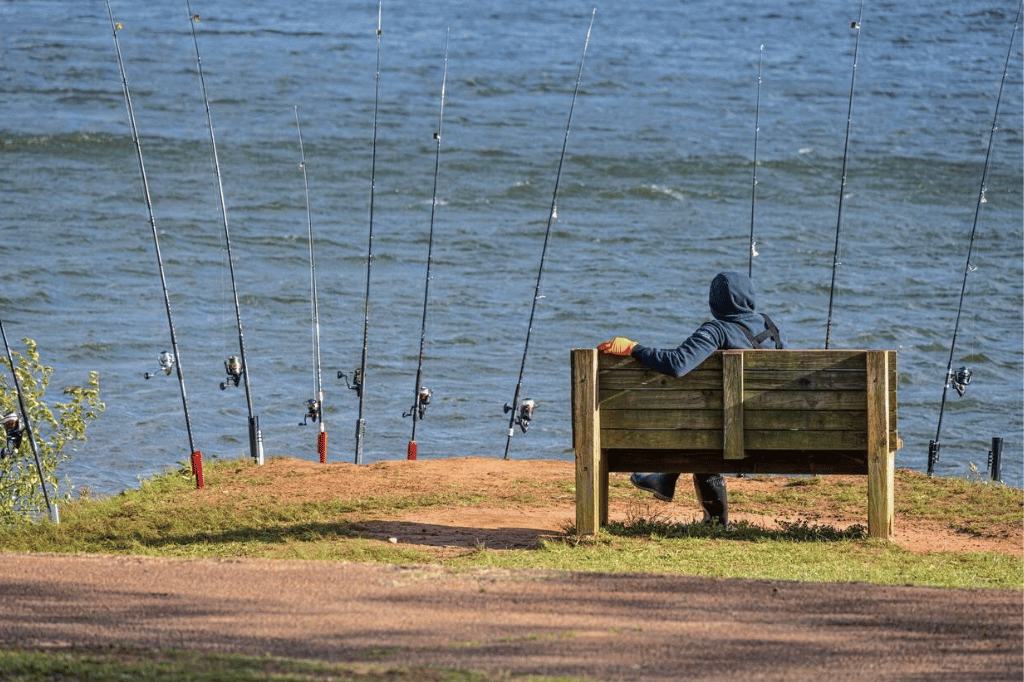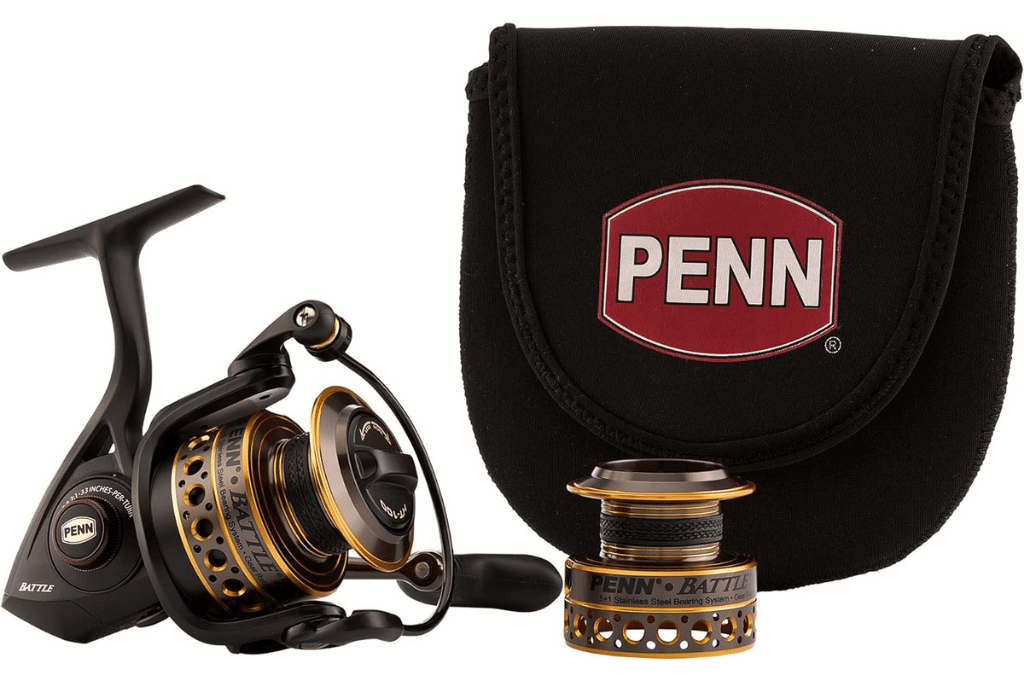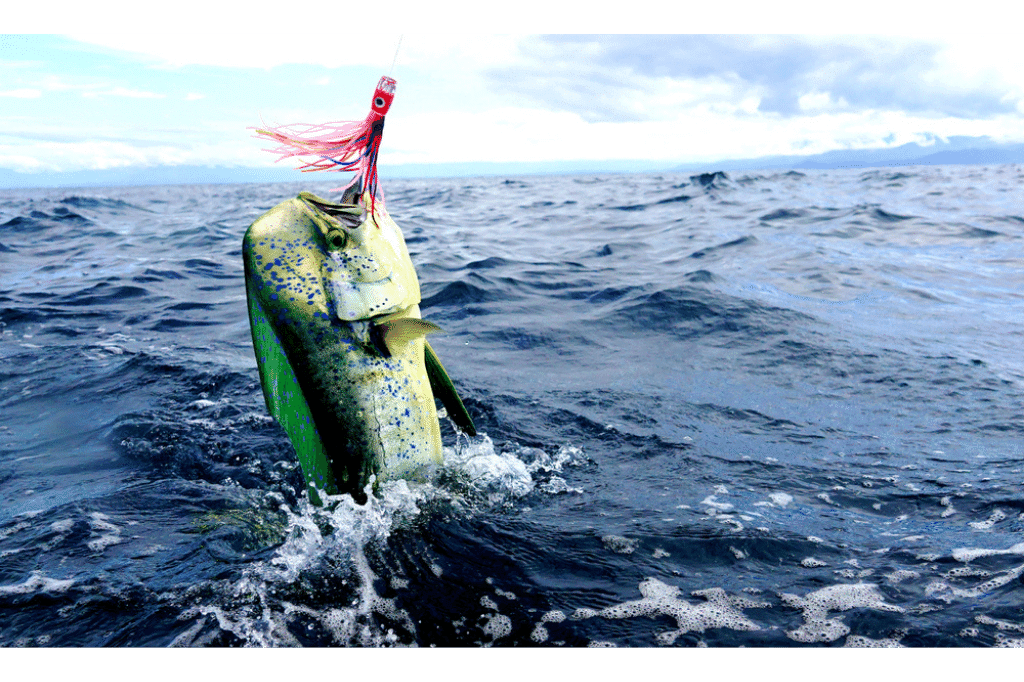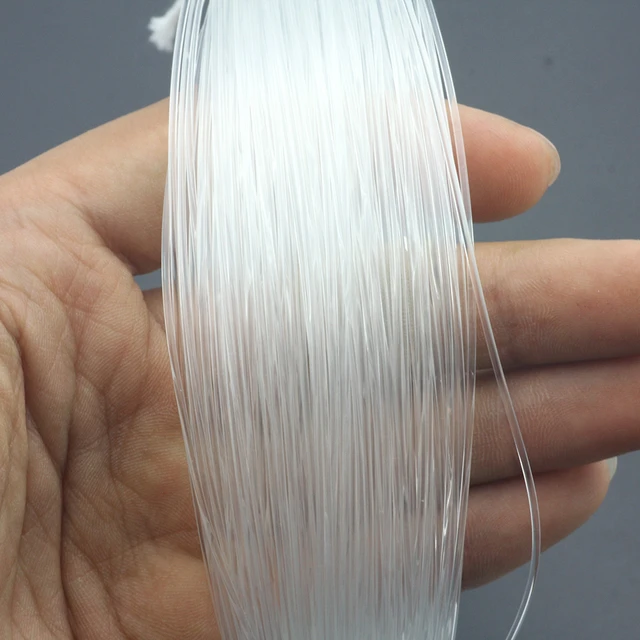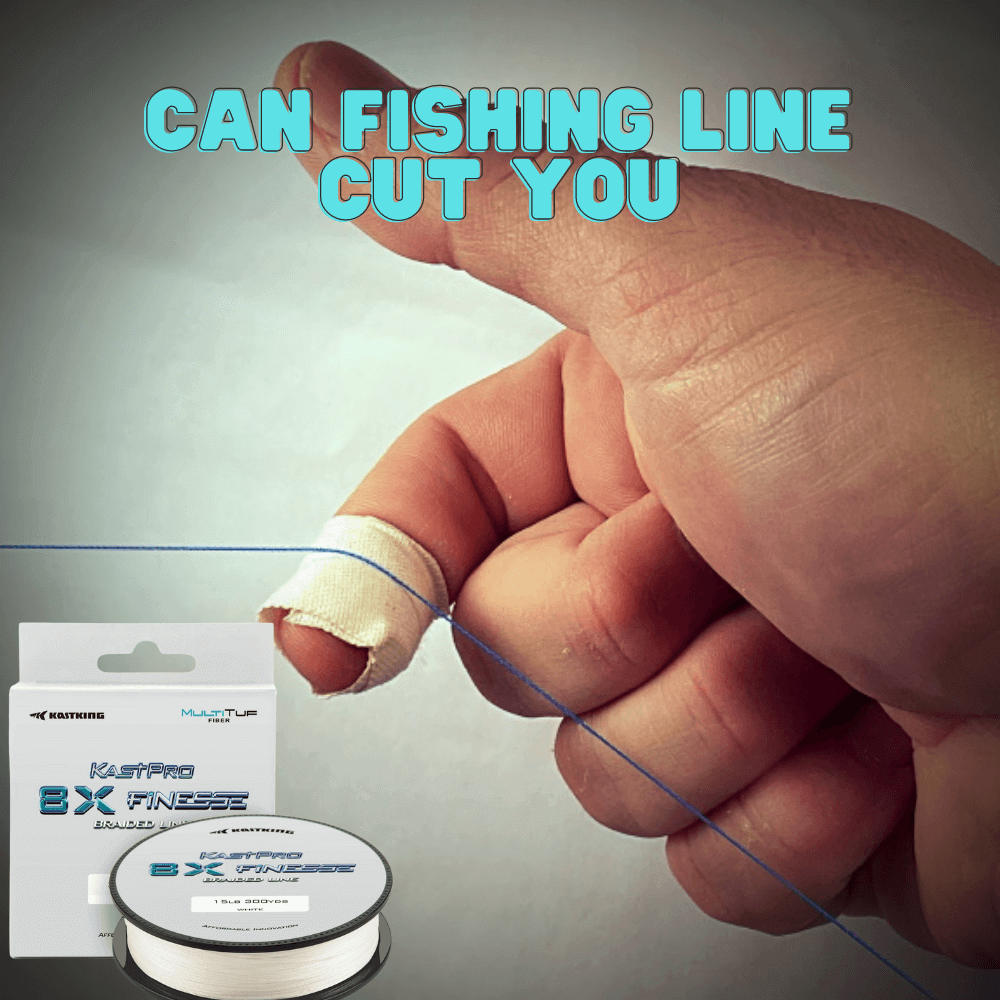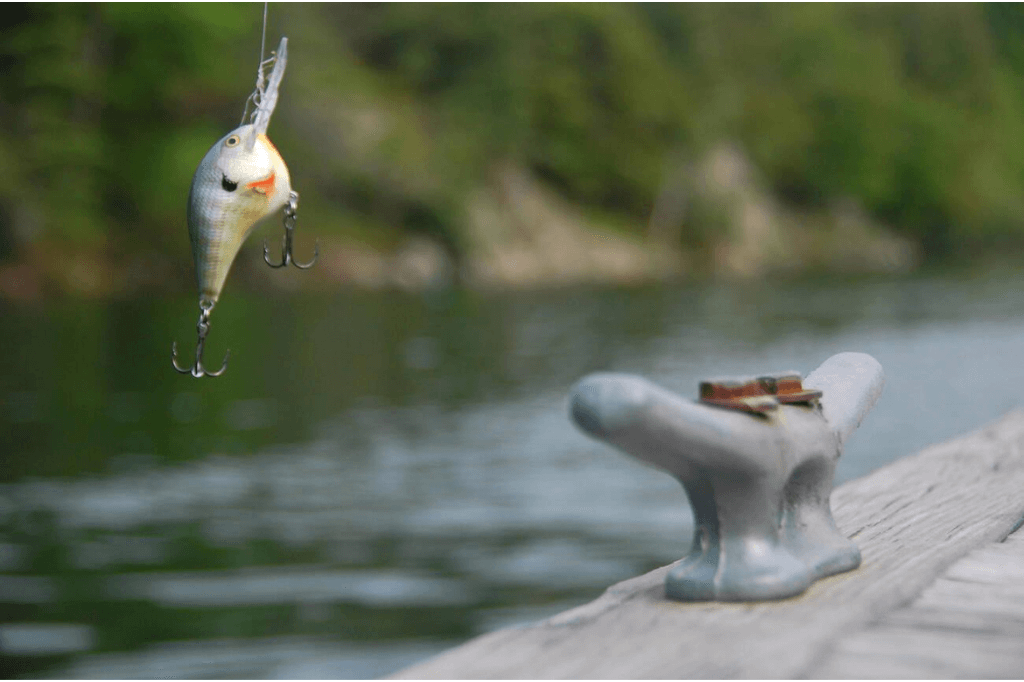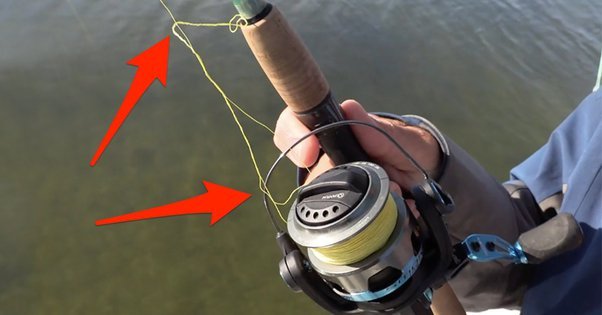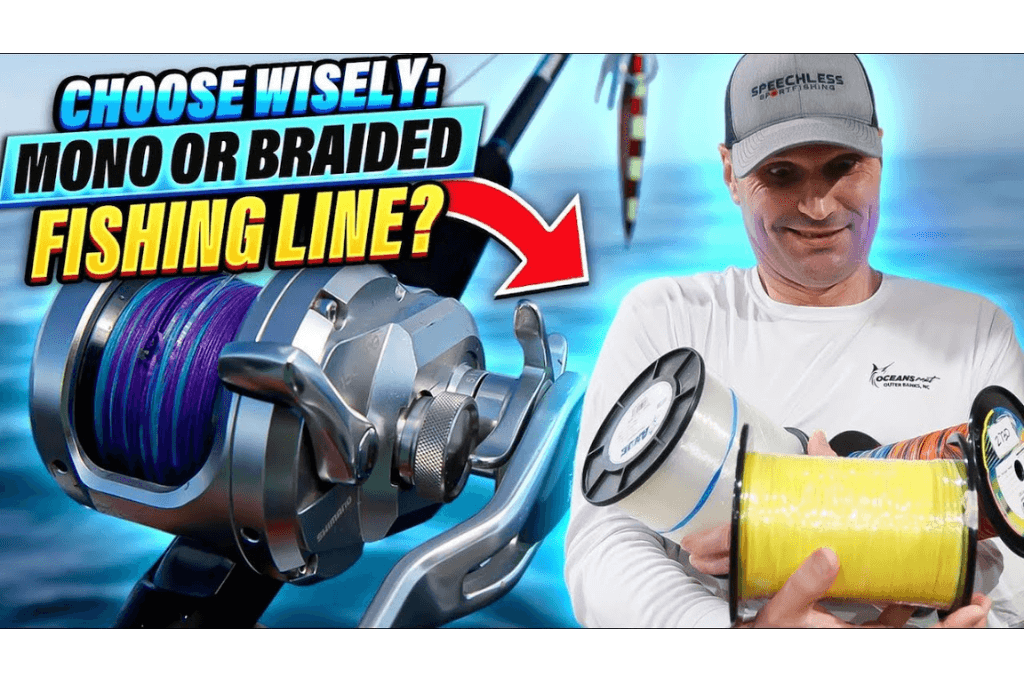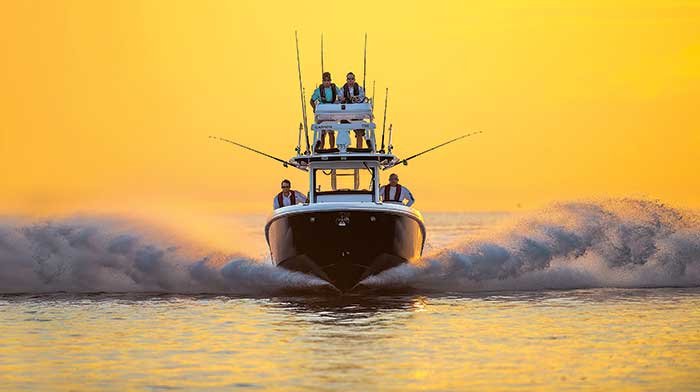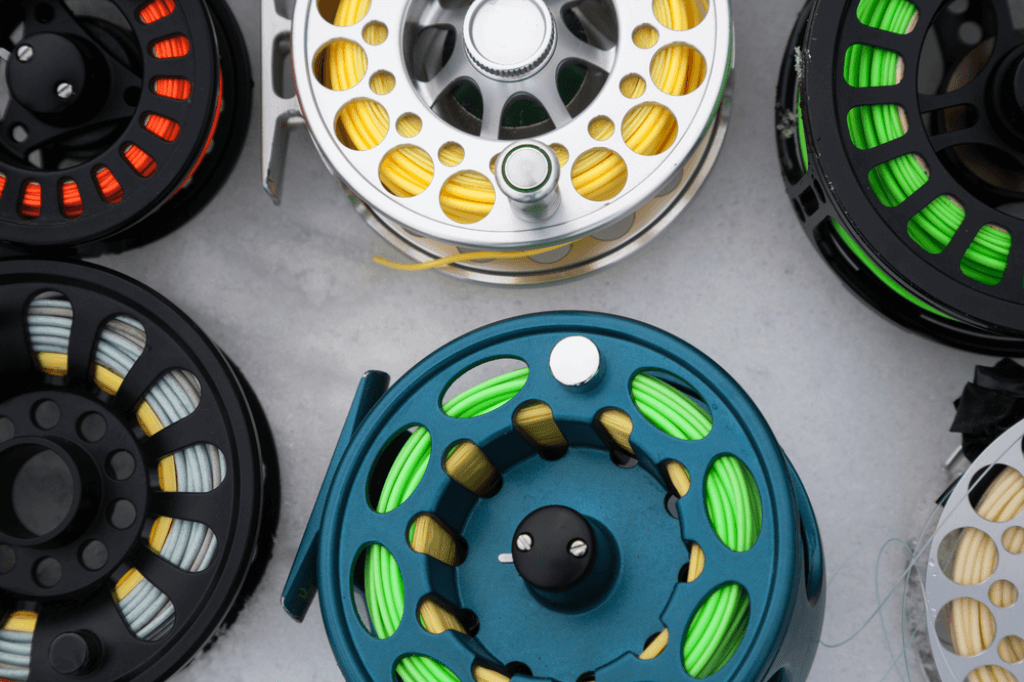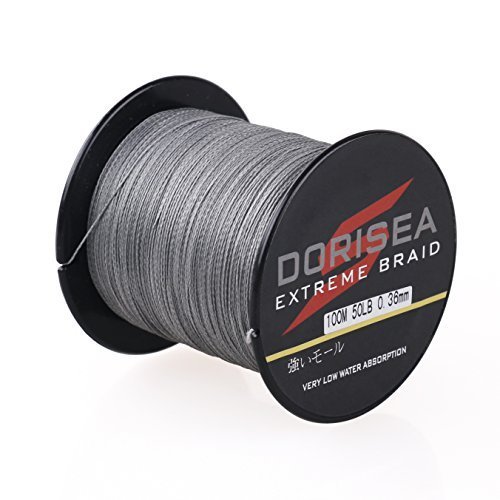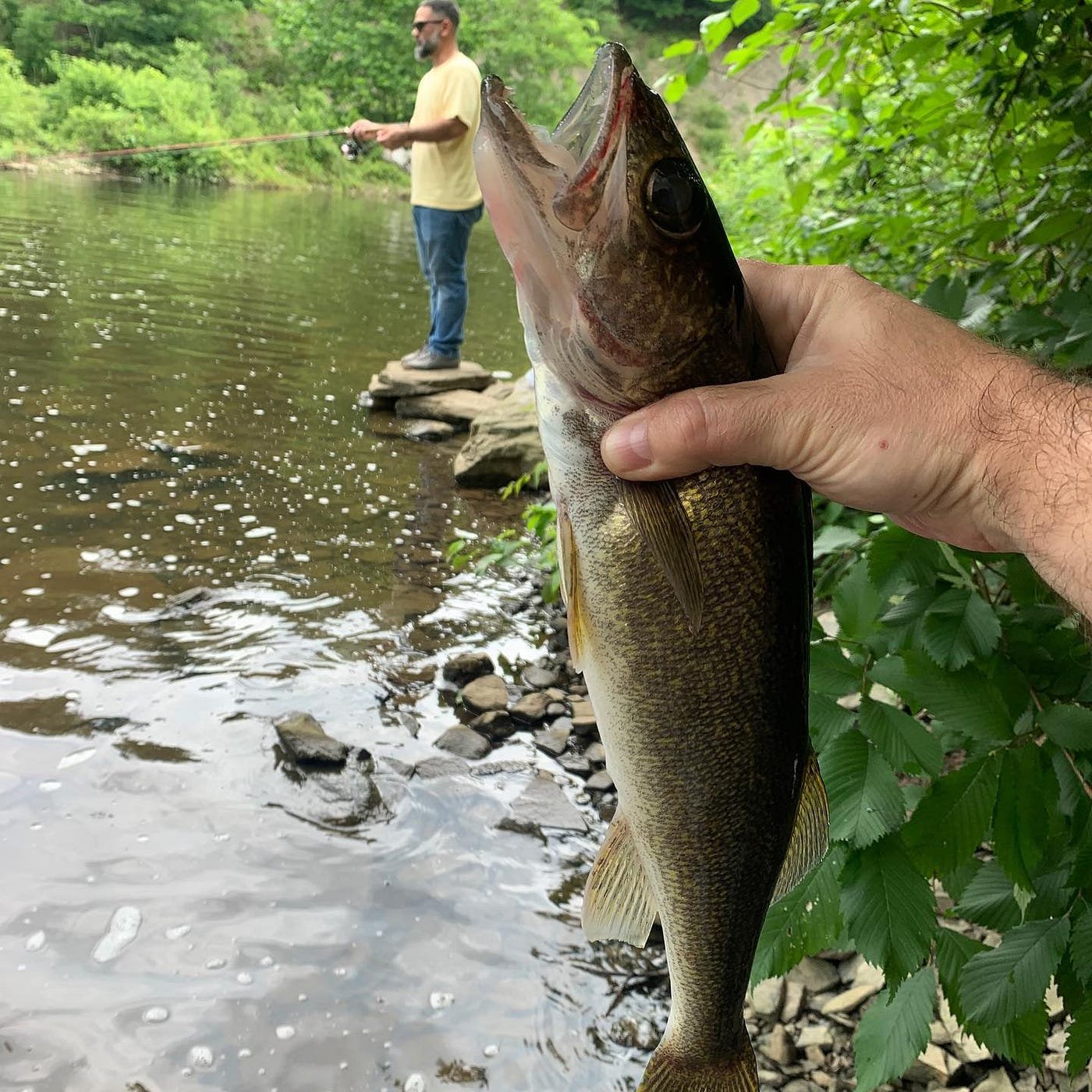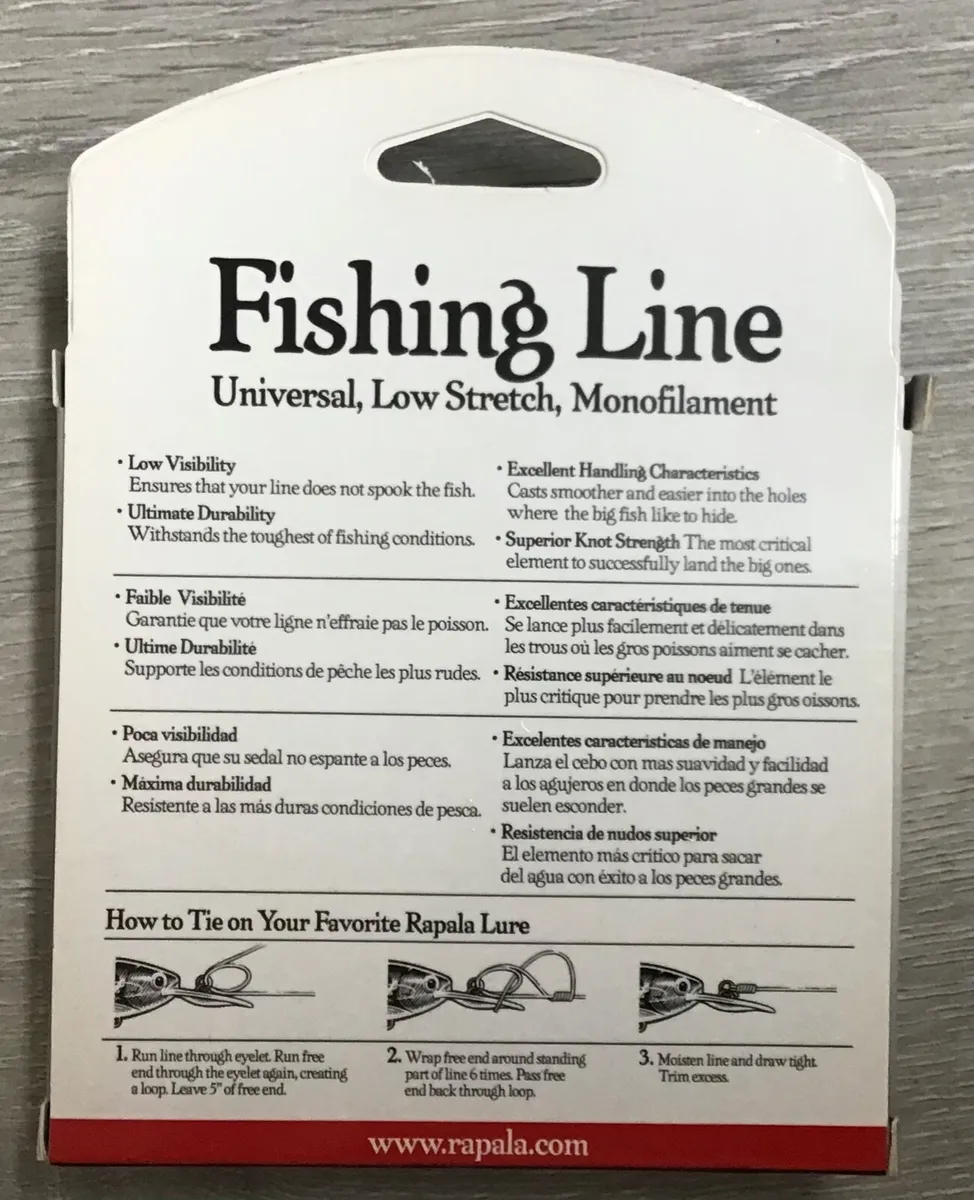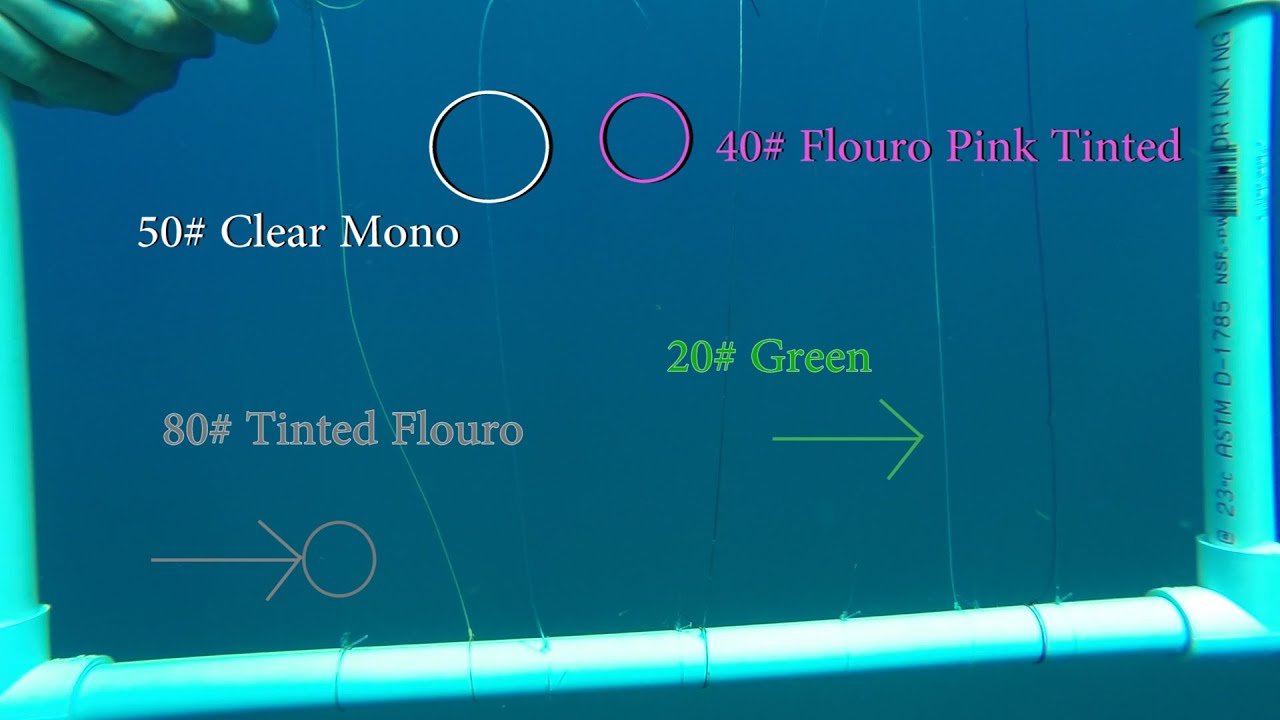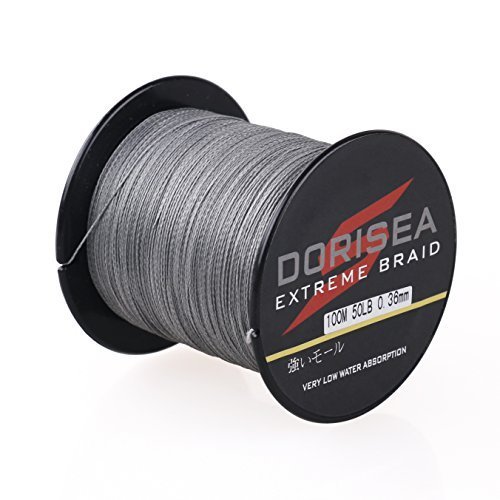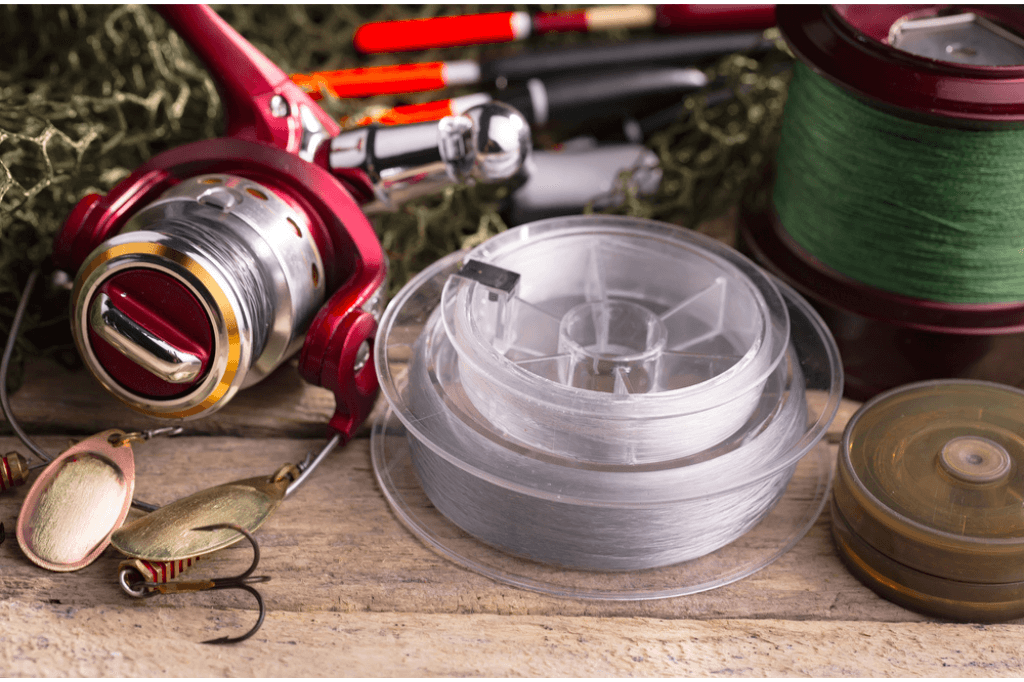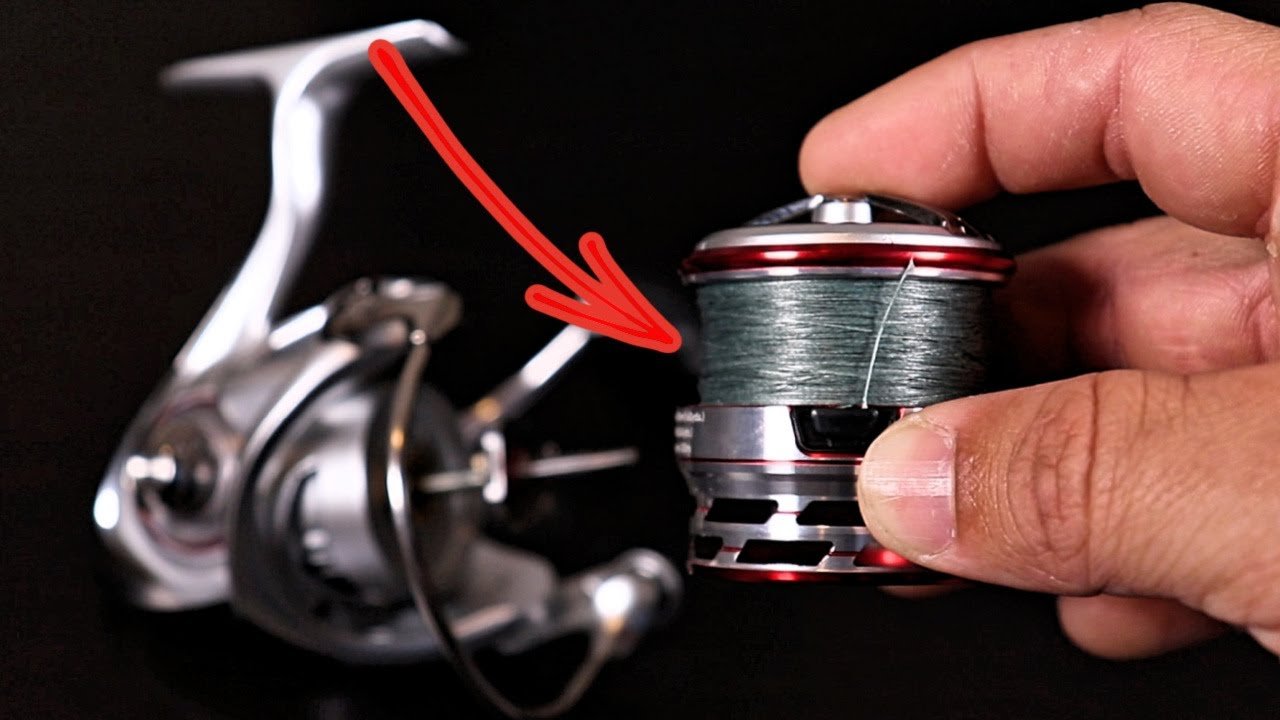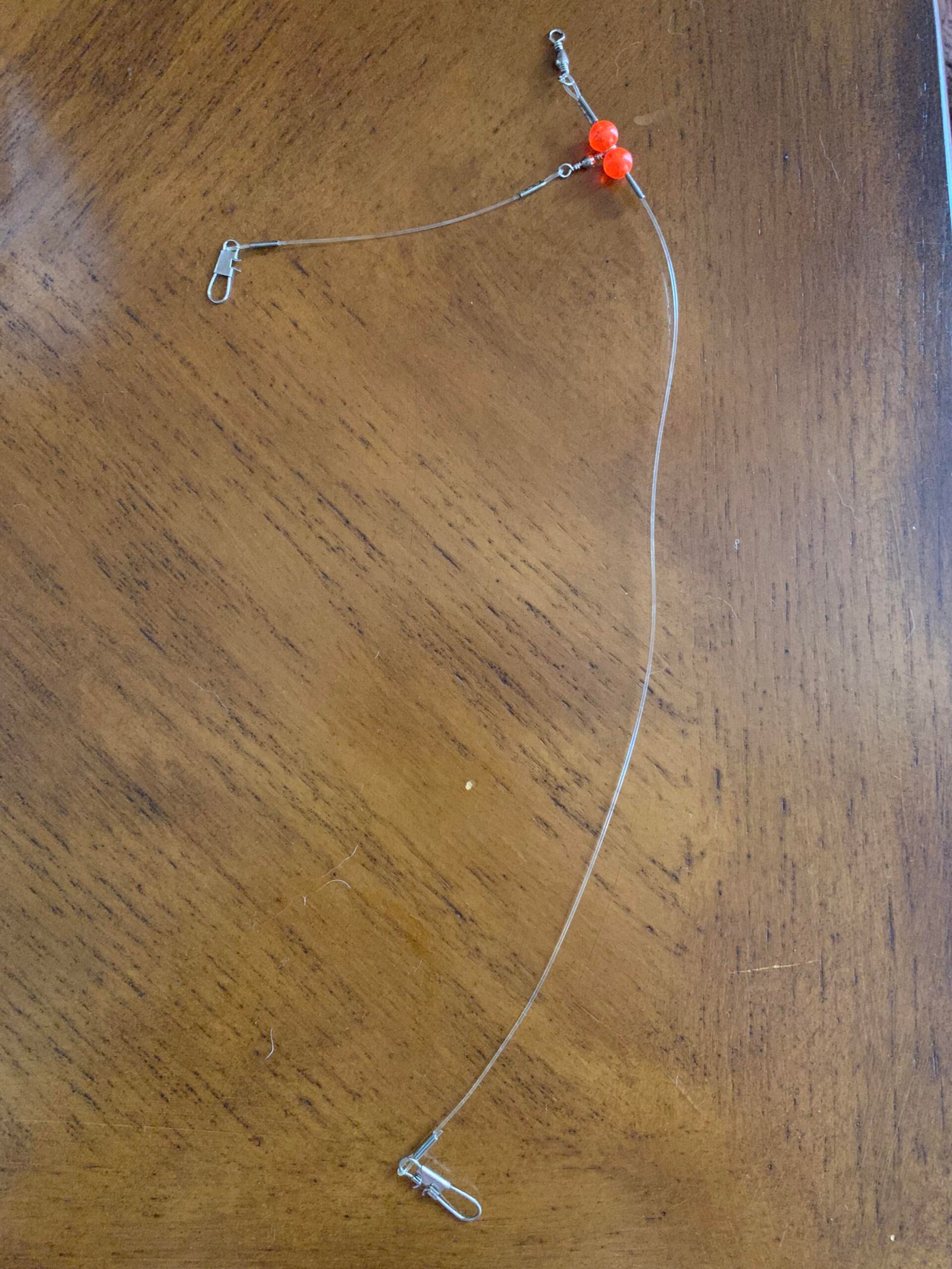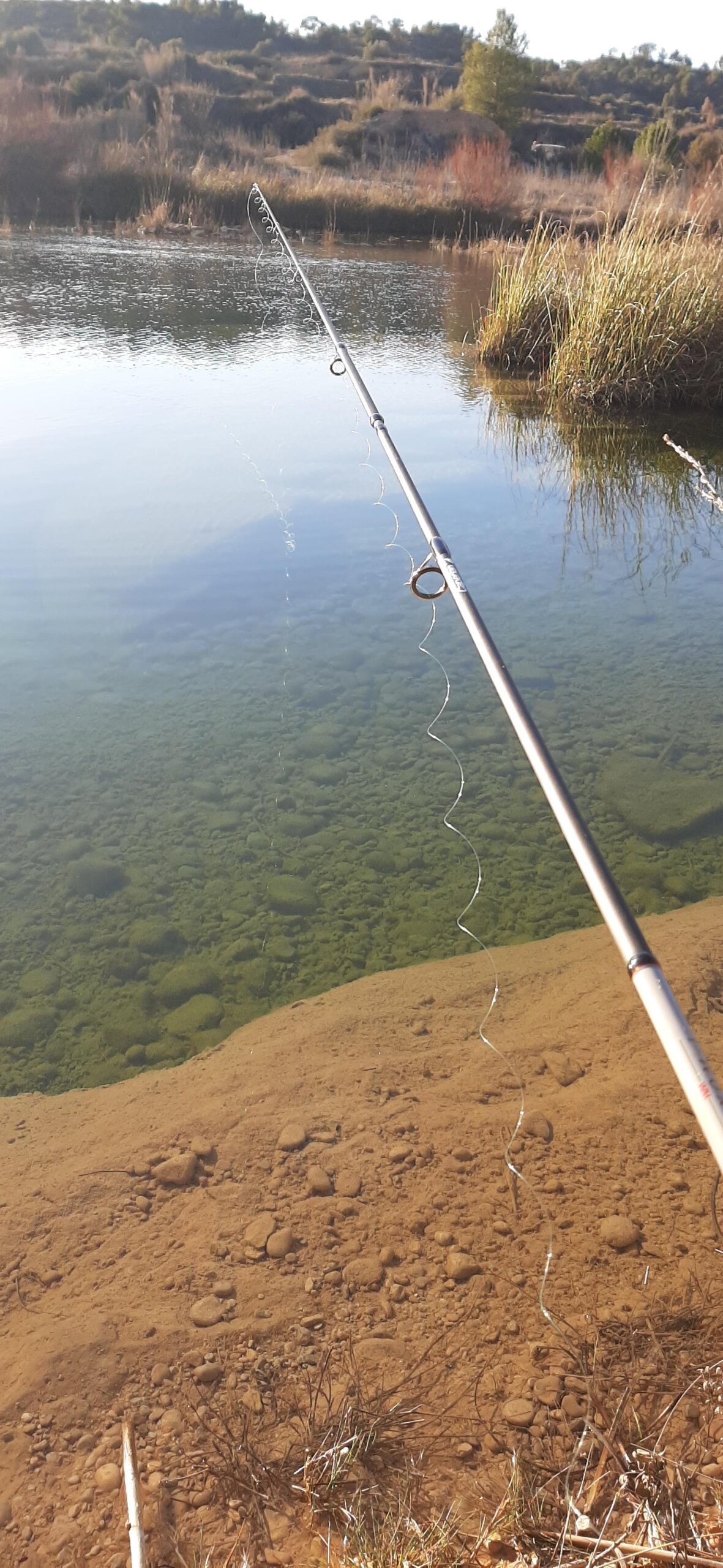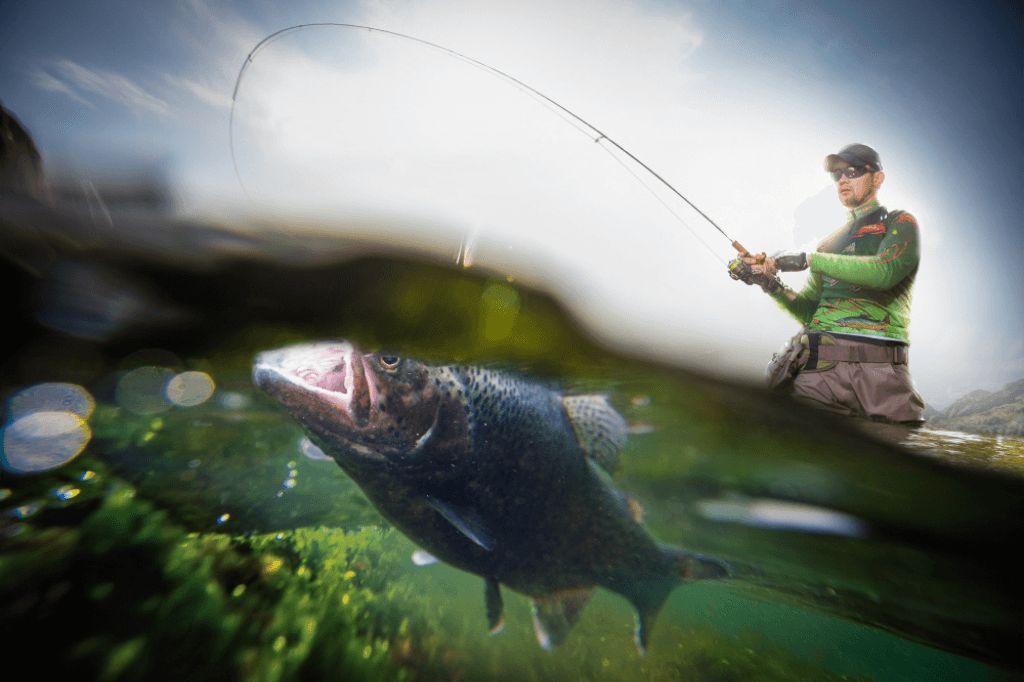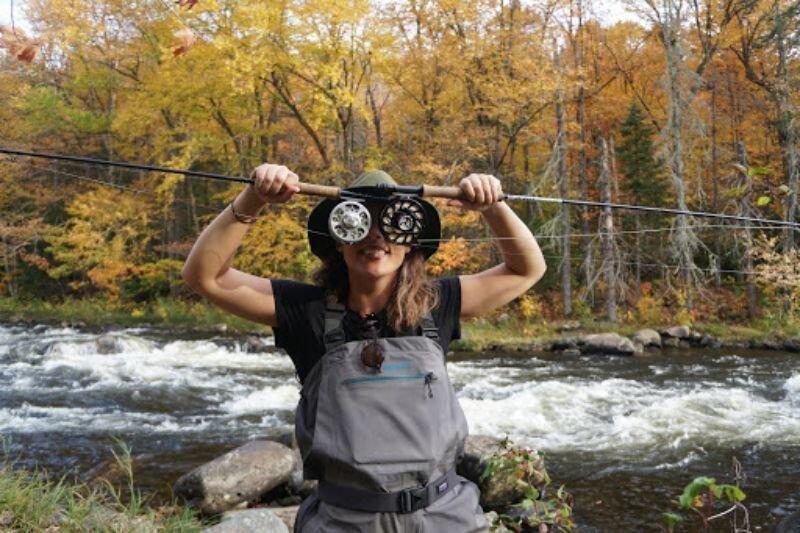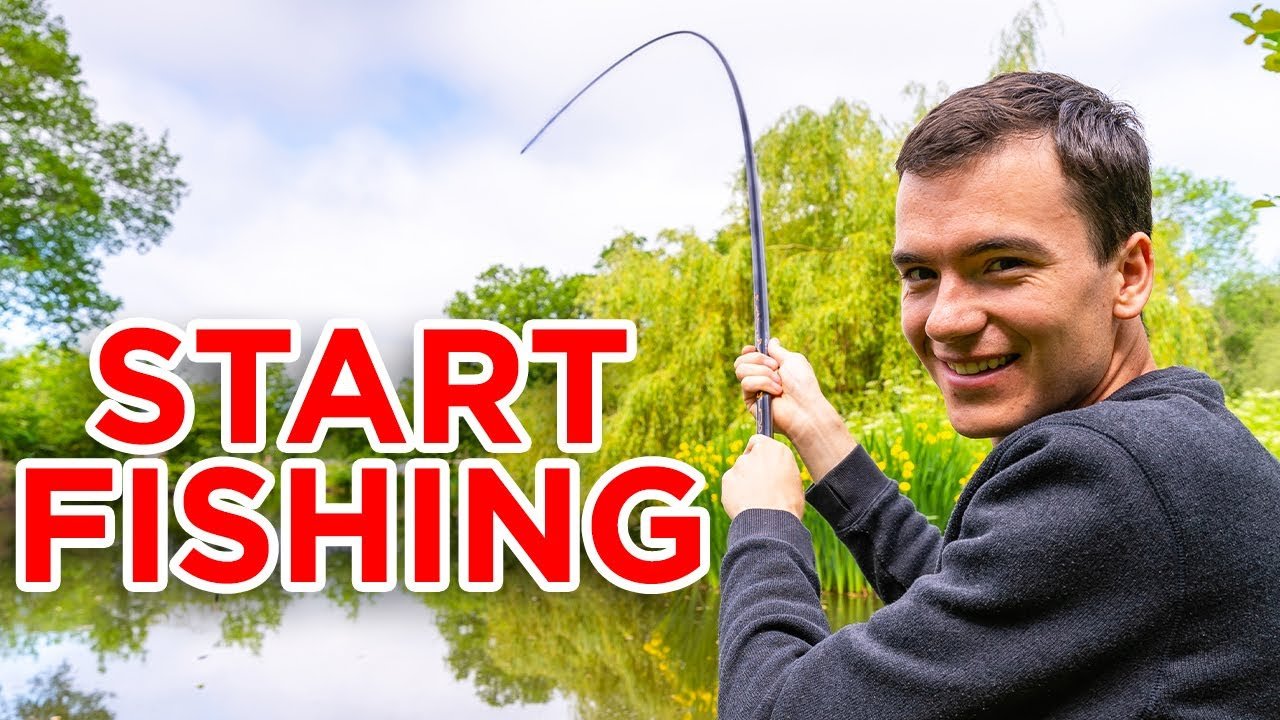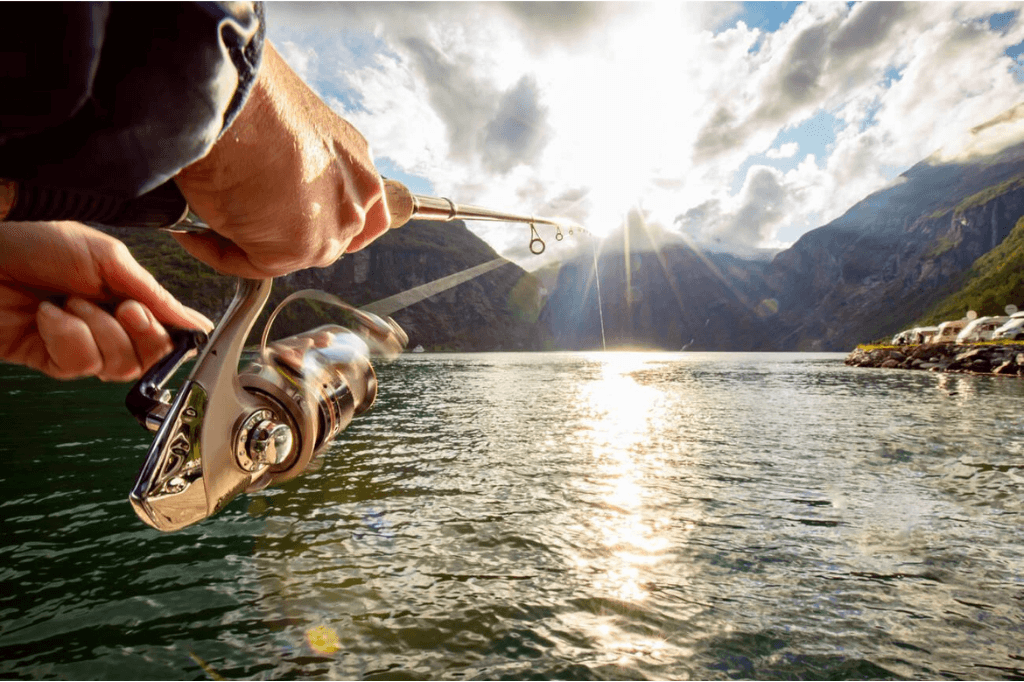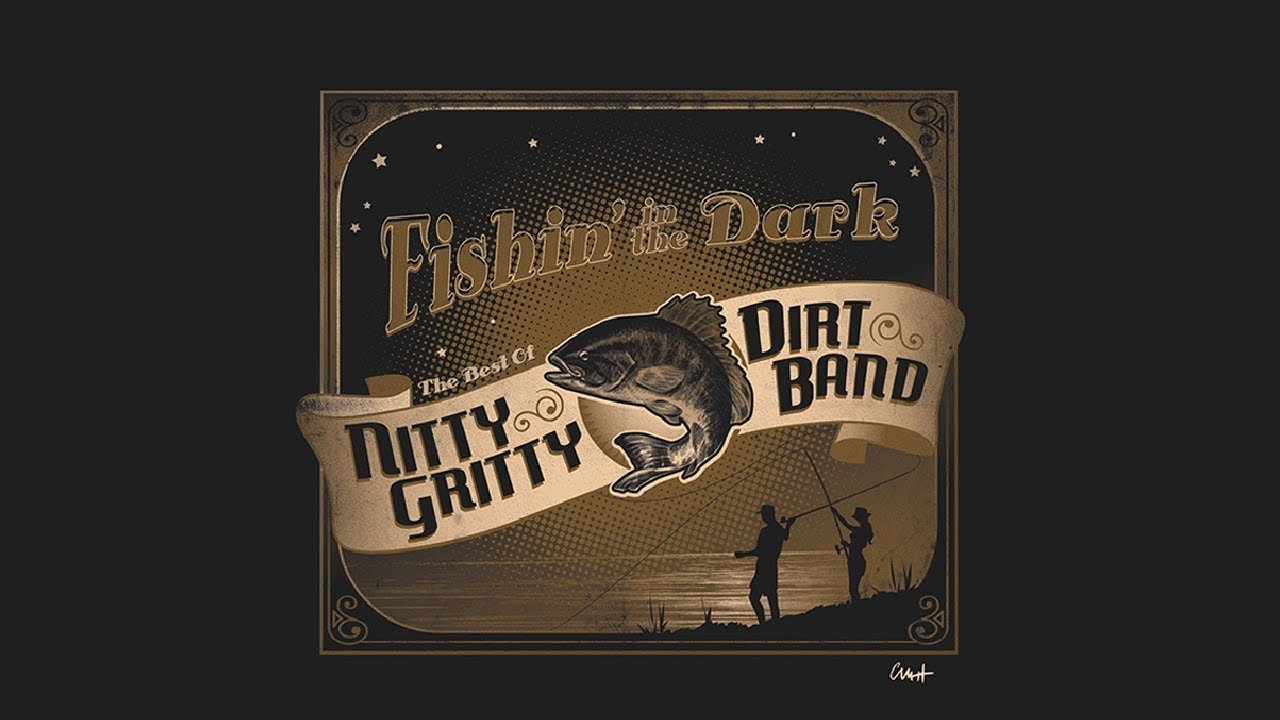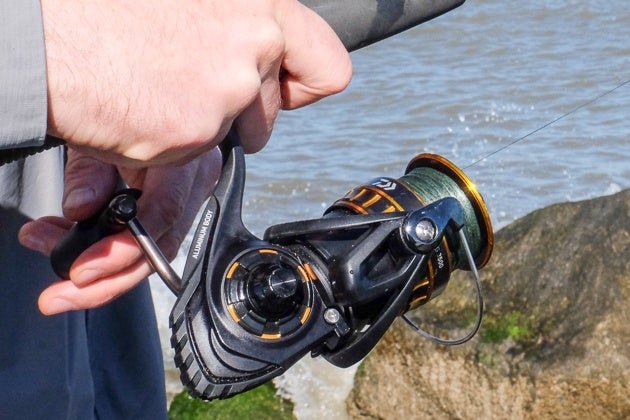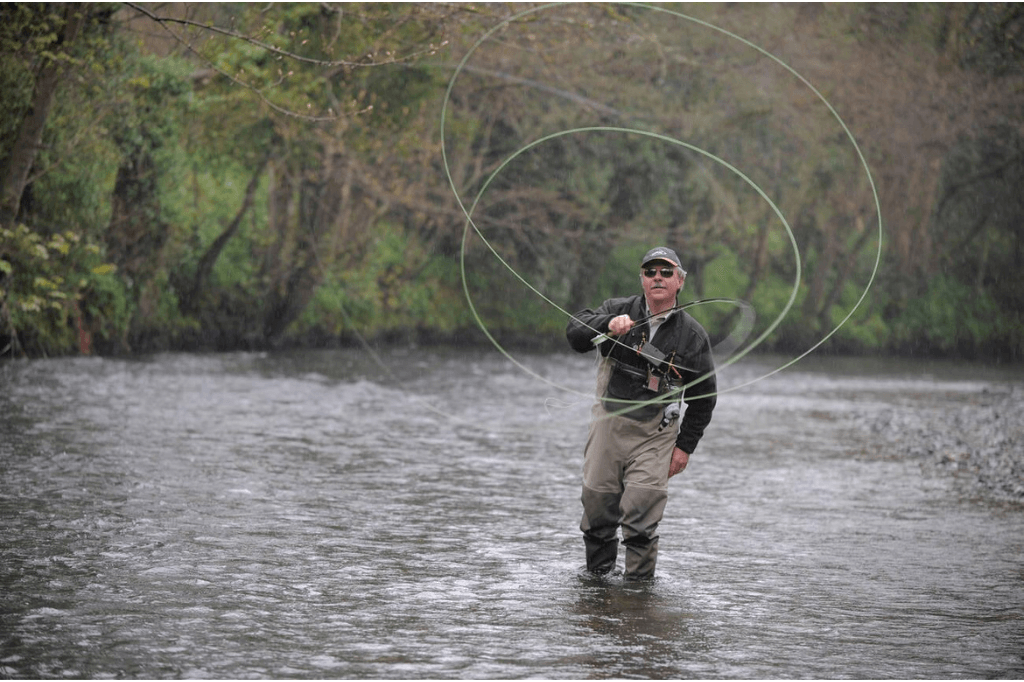Ice fishing is a popular winter activity that requires the right gear for success and safety. The ice fishing rod stands out among the essentials, tailored to operate within the confined spaces of an ice shelter and the need for enhanced sensitivity due to the cold water’s effects on fish behavior.
Anglers choose from a variety of rod sizes and styles, each aimed at a specific type of fish or fishing technique. With durability and functionality in mind, these rods pair with specially designed reels that can withstand the cold temperatures without freezing up. Key features of a good ice fishing rod include strong yet sensitive construction, comfortable grips, and a design that efficiently transfers the vibrations of a strike. By choosing the appropriate ice fishing rod, anglers can greatly increase their chances of a successful catch, making every moment on the ice both thrilling and rewarding.
Ice Fishing Rod Essentials
Choosing The Right Rod
Not every rod suits the icy waters where fish lurk beneath the frozen surface. The ideal ice fishing rod balances sensitivity with the backbone to haul up your catch. Shorter lengths allow for better control in the confined space of an ice shanty. A length of 24 to 36 inches is most common. Select a rod with a sensitivity that matches your target species. Smaller fish like perch need a more sensitive rod to detect bites, while sturdier rods best suit larger game like pike or walleye.Material Matters: Composite Vs. Graphite
Choosing the rod’s material is as vital as its length and flexibility. The two popular materials are composite and graphite. Composite rods blend fiberglass and graphite, offering durability and flexibility. They are versatile for various fish sizes. Graphite rods, on the other hand, are lighter and more sensitive, making them perfect for detecting subtle bites in the cold environment. Here’s a comparison:| Feature | Composite | Graphite |
|---|---|---|
| Durability | High | Medium |
| Sensitivity | Medium | High |
| Flexibility | Good | Variable |
| Price Range | Economical | Premium |
Optimizing Your Gear
Rod Length And Power
Choosing the correct rod length and power is pivotal to ice fishing mastery. Here’s a simple breakdown:- Short rods (18–24 inches): Great for tight spaces and lighter fish.
- Medium rods (28–36 inches): Offer versatility for various fish sizes.
- Long rods (36+ inches): Ideal for larger shelters and big game fish.
| Rod Power | Target Fish |
|---|---|
| Ultra-light: | Perfect for panfish. |
| Medium: | Suit multiple fish species. |
| Heavy: | Go-to for big predators. |
Sensitivity And Action
Sensitivity in a rod detects even the slightest nibble. Our goal here:- Detect more bites: Increase your catch rates significantly.
- Quality blanks: Ensure they transmit vibrations well.
- Feel the fight: Enjoy every moment of the action.
- Fast action: Bends near the tip. Offers better sensitivity.
- Medium action: Bends in the middle. Balances flexibility and sensitivity.
- Slow action: Bends near the base. Great for fighting larger fish.
The Reel Deal: Matching With Rod
A harmonized rod and reel set-up is non-negotiable for optimized gear performance. Consider these points:- Size matters: Pick a reel that balances well with your rod.
- Gear ratio: A higher ratio for quick retrieves, lower for power.
- Smooth drag system: Protects against line breaks and aids in landing fish.
- Inline reels: Reduce line twist and offer better lure control.
- Spinning reels: Versatile and easy to use for beginners.
Advanced Techniques
Jigging Strategies
To refine your jigging technique, focus on rhythm and variation. Fish respond to different movements, so it’s crucial to mix up your jigging patterns. Here are some jigging methods to try:- Short, rapid twitches: Mimics lively prey.
- Slow, rising jigs: Attract curious fish.
- Vibrational jigging: Uses sonic lures.
The Art Of Still Fishing
Perfecting still fishing demands both skill and tact. Successful still fishers know their environment and understand fish behavior. Things to consider include:- Determining the depth where fish are active.
- Choosing the right bait to tempt your catch.
- Using the correct line thickness for invisibility.
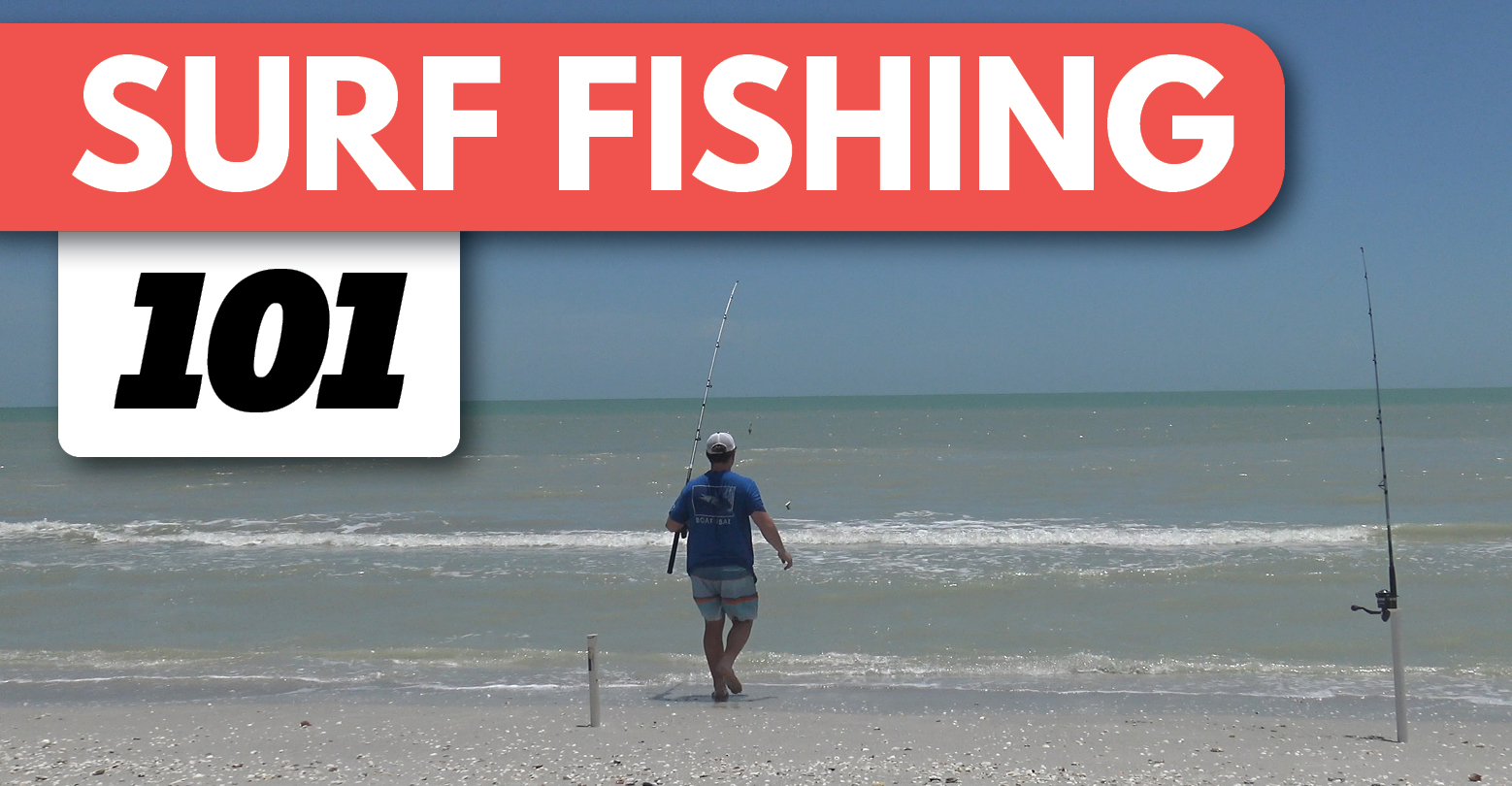
Bait And Lure Selection
Choosing the right bait and lure is crucial for a successful ice fishing trip. Whether you go for live bait or an artificial lure, each can entice fish in different ways. The colors and patterns of your selection can also play a significant role in attracting fish under the ice. Let’s dive into the details and tips for picking the best bait and lure to boost your ice fishing game.
Live Bait Vs. Artificial
Selecting the type of bait to use is a key decision. Live bait appeals to fish naturally, with their real texture and scent. Anglers often use minnows, waxworms, or maggots for live bait. On the other hand, artificial lures offer a variety of choices. They can mimic live bait or create various movements to trigger bites. For those who prefer eco-friendly options or fish in areas with live bait restrictions, artificial lures are the way to go.
- Minnows – great for larger fish
- Waxworms – ideal for panfish
- Maggots – effective for a variety of species
Artificial lures come in different types:
- Jigging spoons
- Soft plastics
- Swimbaits
Colors And Patterns For Success
The visibility underwater changes with depth and clarity which affects how fish see your bait. Colors and patterns can mean the difference between a bite and a miss. Bright colors like neon green or chartreuse work well in stained or murky water. In clear water, go for natural colors that blend with the environment. Metallics such as silver and gold reflect light and can mimic the flash of real fish scales.
| Water Clarity | Recommended Colors |
|---|---|
| Murky Water | Bright neon, glow |
| Clear Water | Natural shades, metallics |
Experiment with different color patterns until you find what the fish are hitting on that day. Sometimes, adding a bit of sparkle or a contrasting color can turn an inactive day into a successful one! Remember, the right color and pattern tailored to your specific conditions can make all the difference.
Seasonal Tactics
Winter Patterns
Understanding fish behavior is critical during winter. Fish move slower and prefer stable environments. Anglers should focus on depth and sheltered areas. Here, fish like to gather. Lures should mimic small, slow-moving baitfish. Soft plastics and small jigs are good choices.- Early winter: Fish are active; look for them in shallower water.
- Midwinter: Target deeper waters as fish move to conserve energy.
- Late winter: As ice melts, fish return to shallower areas, preparing for spring.
Adapting To Weather Changes
Weather shifts impact fish activity. Barometric pressure changes can alter fish feeding patterns. On low pressure days, fish are more sluggish. Use smaller jigs and lighter lines. High pressure suggests more activity. Upsize lures and expect more strikes.| Weather Type | Lure Size | Fish Activity |
|---|---|---|
| Low Pressure | Smaller | Less Active |
| High Pressure | Larger | More Active |
Safety Precautions
Ice Thickness Guidelines
Knowing the ice is vital before stepping onto it. Different activities require varying ice thicknesses to be deemed safe. Follow these recommendations:| Activity | Minimum Ice Thickness |
|---|---|
| Walking Solo | 4 inches |
| Group walking | 6 inches |
| Small Vehicle | 8-12 inches |
| Medium Truck | 12-15 inches |
Emergency Preparedness
Always plan for the unexpected. On the ice, emergencies can escalate quickly. Keep these items at hand:- Throw ropes or life-saving devices near water.
- Ice picks should be easily accessible.
- A whistle to signal for help.
- First aid kit for minor accidents.
Maintenance And Care
Cleaning Your Gear
Keeping your ice fishing rod clean is crucial. Salt, dirt, and bait residue can damage it. After each trip, follow these steps:- Wipe the rod down with a soft cloth soaked in soapy water.
- Rinse with fresh water to remove soap and grime.
- Dry the rod completely before storage.
- Apply a light reel oil to moving parts to prevent corrosion.
Regular Check-ups
Inspect your rod regularly, preferably before each use. Check for:- Cracks or frays in the rod blank
- Loose or worn out guides
- Damaged or unresponsive reel
Legal And Environmental Considerations
Understanding Regulations
Regulations vary by location and help maintain fish populations. They limit the number of catches. They also dictate the seasons for fishing. Familiarize yourself with local laws to avoid penalties.- Check license requirements—most areas need a fishing license.
- Know the legal catch limits—these ensure fish numbers stay healthy.
- Use approved equipment—certain rods and baits might be mandatory.
Responsible Fishing Practices
Fishing responsibly means caring for our waters. It means catching only what you need. Practice catch and release when possible. Use gear that doesn’t harm the ecosystem.- Respect size and bag limits. This practice keeps fish stocks abundant.
- Handle fish with care. If releasing, ensure they survive.
- Avoid littering. Keep the ice and water clean for all.

Credit: www.amazon.com
Frequently Asked Questions On Ice Fishing Rod
What Type Of Rod Is Best For Ice Fishing?
The best rod for ice fishing is typically a short, lightweight, and sensitive rod that enables efficient jigging through thick ice.
What Is The Best Length For An Ice Fishing Rod?
The ideal ice fishing rod length ranges from 24 to 36 inches, depending on your shelter size and target fish species. Shorter rods are great for tight spaces, while longer ones offer better jigging and handling larger fish.
Can You Ice Fish With A Normal Rod?
Yes, you can use a normal fishing rod for ice fishing, though shorter, specialized ice rods often yield better results under icy conditions.
Why Are Ice Fishing Rods Short?
Ice fishing rods are short to allow easier maneuvering in the confined spaces of an ice shelter and to enable anglers to fish closely over the ice hole. Their compact size also makes for better sensitivity to detect light bites in frigid waters.
Conclusion
Embracing the chill of winter doesn’t mean sacrificing comfort when armed with the right ice fishing rod. Mastering the icy depths calls for gear that’s both resilient and sensitive. With the tips shared here, your next icy escapade promises not just a trophy catch but enduring memories.
Gear up, stay warm, and happy fishing!

